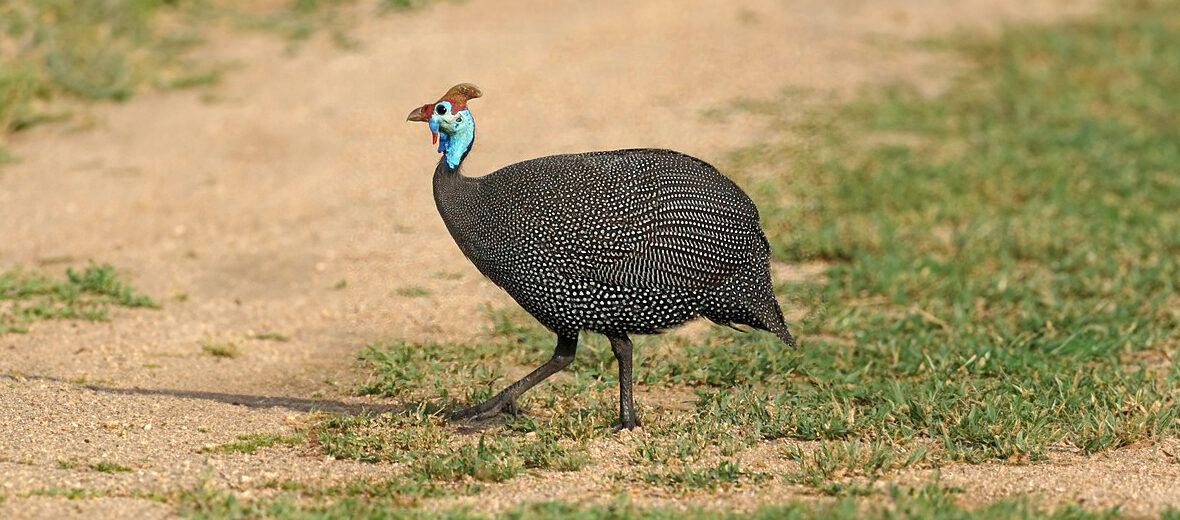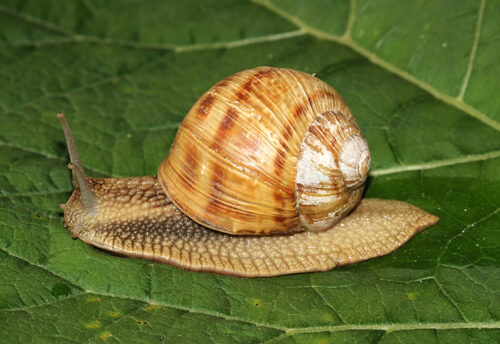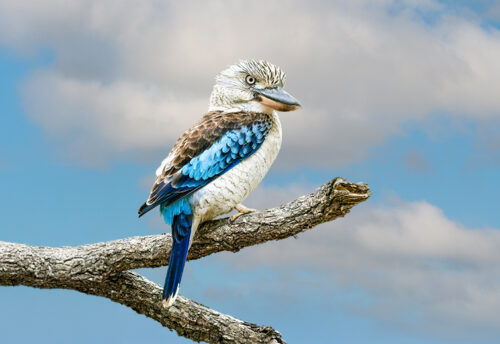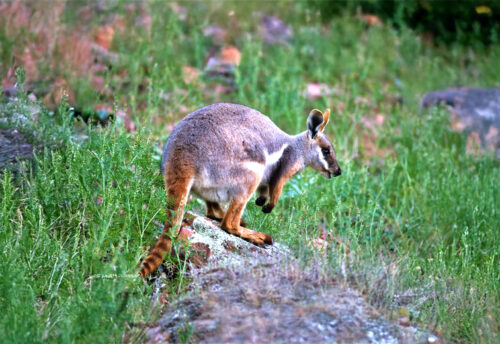
The helmeted guineafowl is the only member of the genus Numida. They inhabit Africa, and have been introduced as a domesticated and later a feral species of bird to Australia, Europe, North America, South America, and the West Indies. With no real threats, their existence on multiple continents, and a stable population trend, these birds are listed as Least Concern by the IUCN.
First the Stats…
Scientific name: Numida meleagris
Weight: Up to 2.9 lbs.
Length: Up to 23 inches
Wingspan: Up to 39.4 inches
Lifespan: Up to 12 years
Now on to the Facts!
1.) These birds were originally described in 1758 by Swedish naturalist and historian Carl Linnaeus in the 10th edition of his Systema Naturae under the binomial name Phasianus meleagris.
2.) However, in 1764, Linnaeus moved the helmeted guineafowl to the new genus of Numida.
3.) The genus name Numida is Latin and translates to “North African”.
4.) Back in the days of European colonization of North America, the native wild turkey was confused with the helmeted guineafowl.
5.) Meleagris is Greek for “guineafowl”.
But wait, there’s more on the helmeted guineafowl!
6.) There are 9 subspecies currently recognized: N. m. coronata, N. m. galeatus, N. m. marungensis, N. m. meleagris, N. m. mitrata, N. m. damarensis, N. m. reichenowi, N. m. sabyi, and N. m. somaliensis.
7.) These birds are gregarious and form flocks of up to 25 individuals.
Did you know…?
Guineafowl are incredibly well-adapted at eating mass quantities of ticks, which have the ability of spreading Lyme disease.
8.) Being terrestrial (spend most of their lives on the ground), these birds are more apt to run away from danger, rather than flying away.
9.) Just like chickens, these birds have an explosive, short-lived flight and depend mainly on gliding to cover extended distances.
10.) These critters can cover up to 6.21 miles a day in search of food.
But wait, there’s still more on the helmeted guineafowl!
11.) When disturbed they produce a loud harsh call.
12.) When running, they are able to maintain not only great speed, but remarkable stability, even over rough terrain.
Did you know…?
They are capable of running up to 22 mph!
13.) Corns, tubers, seeds, agricultural crop spillage, beetles, ticks, scorpions, and other invertebrates make up their diet.
14.) Males are typically aggressive towards one another, and fights often break out that can leave both parties seriously injured.
15.) Females lay up to 12 hard shelled eggs that hatch in up to 28 days.
But wait, there’s still a tad more on the helmeted guineafowl!
16.) They prefer open and dry habitats dotted with scattered shrubs and trees as in savannas or farmland areas.
17.) Helmeted guineafowl are quite often domesticated, and they are sold in Western supermarkets.
18.) Feral populations are widely distributed, as mentioned, throughout the Australia, Europe, North America, and the West Indies.
Now a Short Helmeted Guineafowl Video!
Be sure to share & comment below! Also, check out the Critter Science YouTube channel. Videos added regularly!
Want to suggest a critter for me to write about? Let me know here.
Some source material acquired from: Wikipedia & IUCN
Photo credit: New Jersey Birds




